After receiving entries from all around the world, exhibiting an inspiring level of talent and diversity, British Journal of Photography are excited to present the shortlist for the Send Anywhere Awards.
The 10 finalists selected by our judging panel – Simon Bainbridge, editorial director of BJP, Abbie Trayler-Smith, documentary and portrait photographer, and industry professionals from Send Anywhere – are revealed below, along with their submitted work and the project they would like to shoot in their chosen destination. We would like to thank everyone who submitted!
One of these shortlistees will be the lucky winner of a trip to their dream location. Look out for our announcement of the winning photographer next week.
Owen Harvey
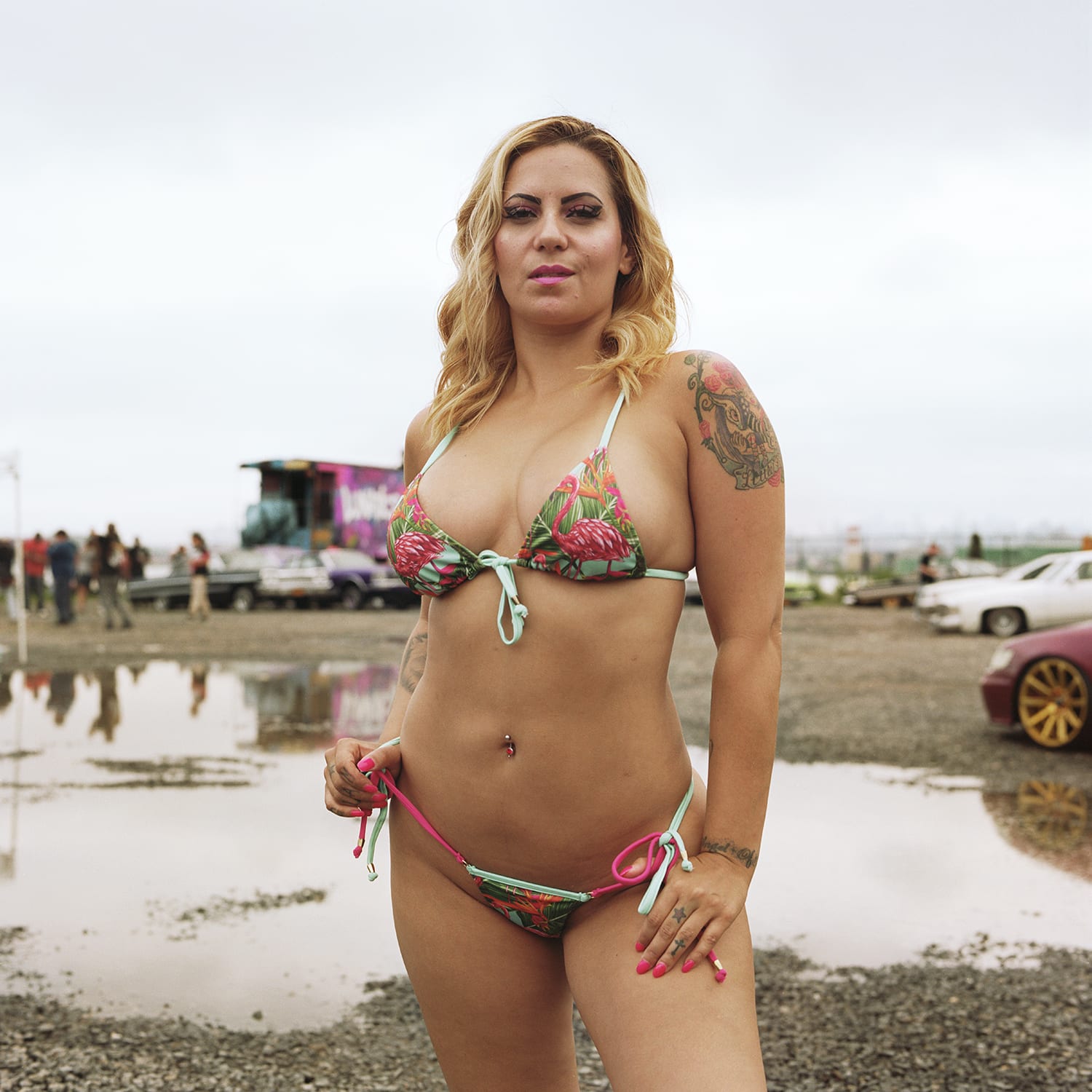
Submitted project:
My most recent photographic series, Ground Clearance, documents the lowriding subculture in the East Coast of America. Dating back to the mid-to-late 1940s, lowriding began with young Latino youths placing sandbags in their custom vehicles so that the body of their car would ride close to the road. ‘Slow and low’ became their motto. Lowriding was born and its members began decorating their vehicles with political statements and images celebrating Latino culture. Lowriding has seen a resurgence in the 21st century, embraced by cultures around the world and I am keen to investigate this through my documentary work.
Destination of choice: West Coast of America
Project proposal:
I want to be sent to the West Coast of America, to continue my Ground Clearance series. It would be interesting to extend the project to encompass the whole of America, investigating variations in the lowriding scene throughout the country and how it enriches different communities.
Nicholas JR White
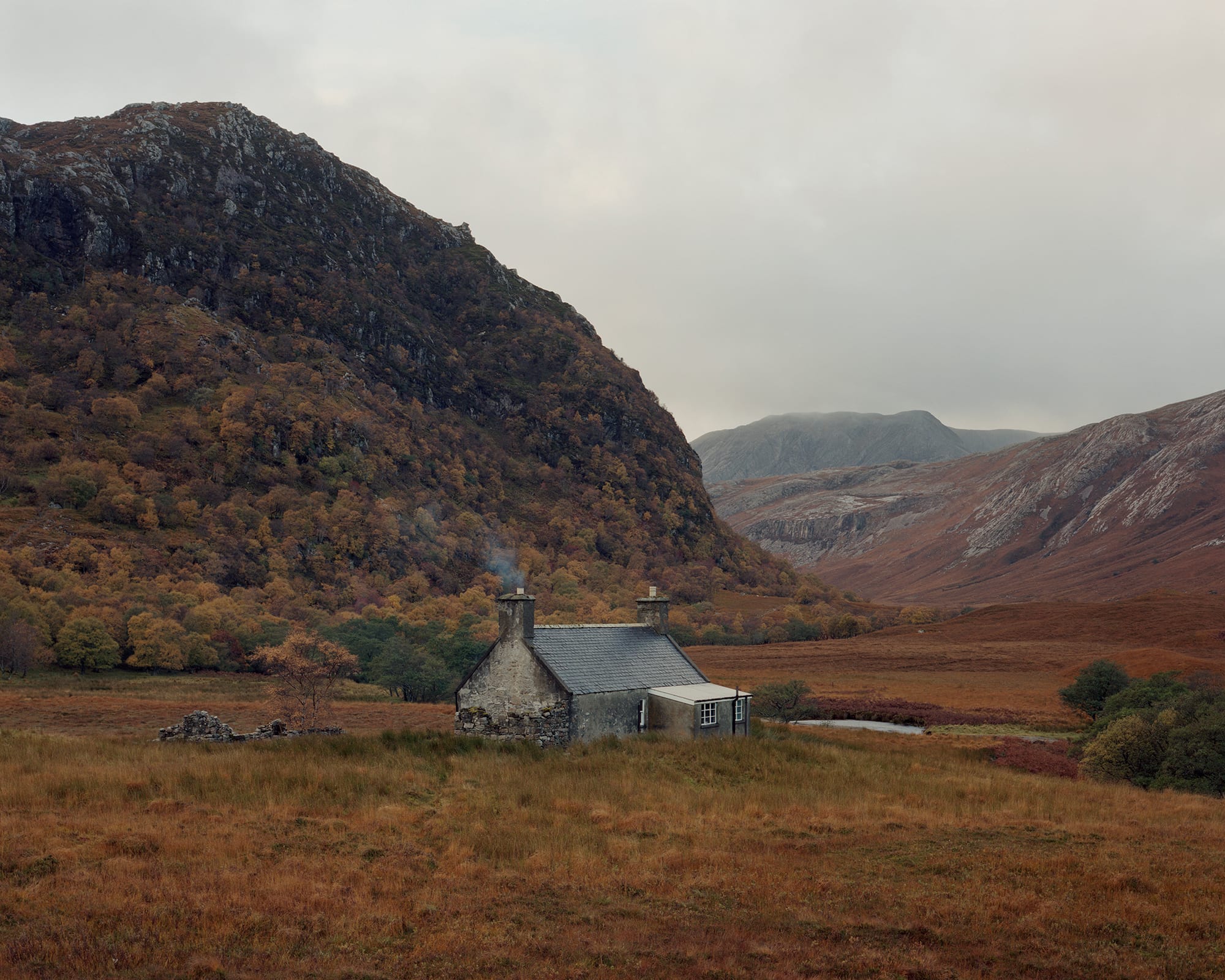
Submitted project:
Black Dots is a body of work exploring mountain bothies and bothy culture throughout the United Kingdom. Unlocked and free to use, bothies provide a refuge from the vast terrain that surrounds them and have become an iconic feature of the British landscape over the past 50 years. Concerned not only with the primitive beauty of the bothies and the landscapes they sit within, the work also investigates the human element of the bothy story, capturing the faces of those who trek for hours to temporarily inhabit these spaces, many miles from the nearest settlements.
Destination of choice: Unst, Scotland
Project proposal:
Once the famed Muckle Flugga Lighthouse was fully automated, the tiny island of Unst in Scotland became the most northerly inhabited island in Britain. Only 12 miles long and five miles wide, Unst is hailed as being “the northernmost of everything”. The tiny, uninhabited rocky outcrop, north of Unst’s shores, known as Out Stack, is officially the end of Britain – the next land mass you encounter, if heading directly north, is the North Pole. I intend to travel to Unst and the surrounding waters to explore life at the extreme edge of the British Isles.
Ruby Pluhar
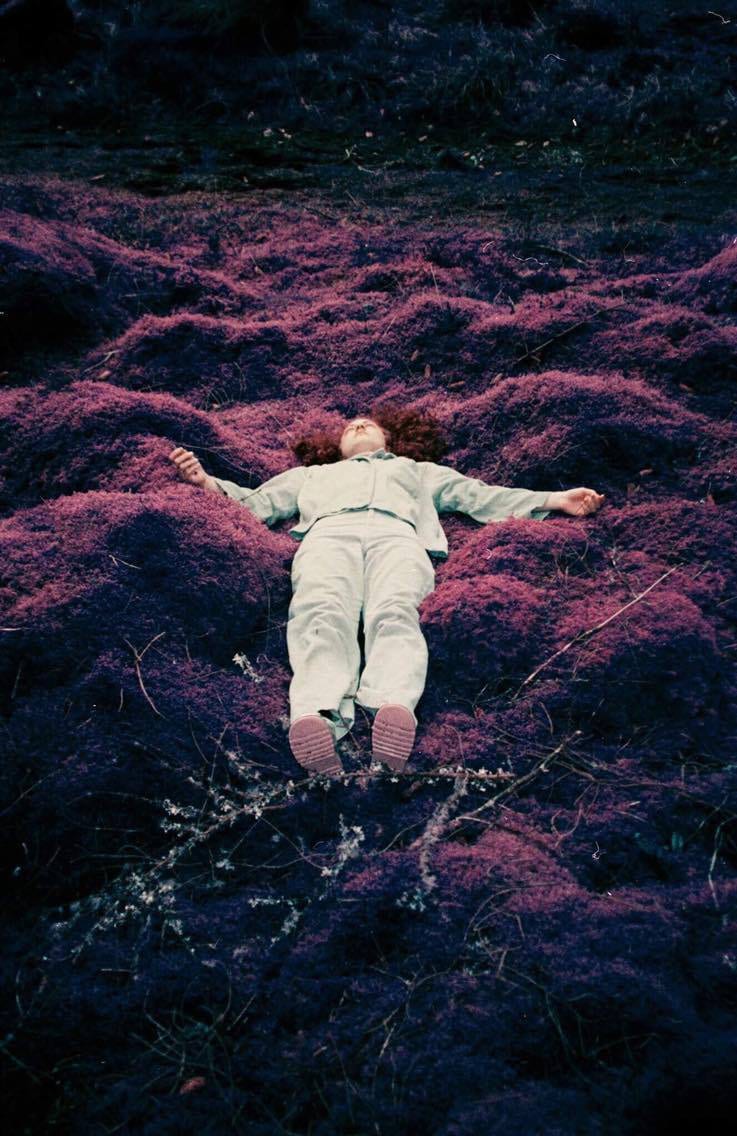
Submitted project:
I have been working in New Mexico with Land Arts of the American Southwest. We have been collaborating with figures of the Navajo Indian tribal nation, who have provided a deep insight into the horrors their people have endured through the exploitation of sacred tribal lands by oil and gas extraction. I would like my work to encourage viewers’ to question their placement in the world and the relationship they have with the sky and earth.
Destination of choice: Okinawa Island, Japan
Project proposal:
I am interested in areas of remote rural life where the fragility of place is preserved and cared for by its inhabitants. I would like to document island life in Japan, specifically Okinawa. There is much to explore, such as, ocean farming, one of Japan’s unique agricultural technologies. This would offer an opportunity to gain an understanding of how the ocean bed is preserved for variations of seaweed to grow.
James Bannister
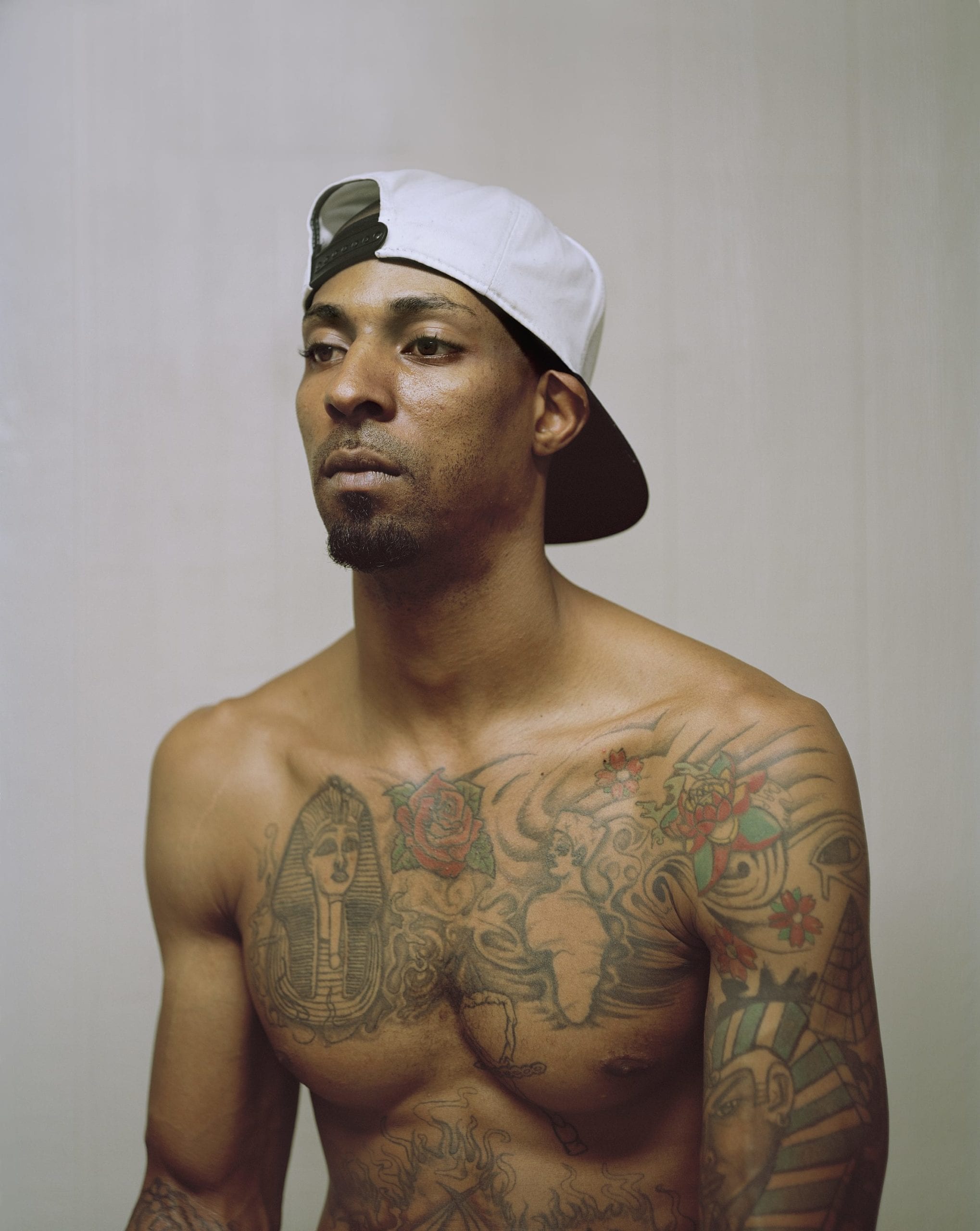
Submitted project:
What Makes Grass Grow in The Desert is an ongoing, explorative project aiming to reveal the cracks in Las Vegas’ facade of success and glamour. I aim to use photography to “expose the gap between what we would like people to see and the image that we actually project,” a gap that Diane Arbus once described as “the gap between intention and effect”. The project explores the disparity between the vision that the casino hotel owners want us to see, and the sparseness of the natural environment and its poorer communities, which inhabit these areas.
Destination of Choice: Riyadh, Saudi Arabia
Project Proposal:
With insular movements like Brexit, the refugee crisis and increasing combative rhetoric in political discourse highlighting our differences, I want to explore the commonalities between youth culture across the globe. My project would centre around the popular sport of ‘Tafheet’ or car sliding in the Saudi Arabia. I want to photograph the young people who express themselves through performing illegal stunt manoeuvres in their cars.
Rhiannon Adam
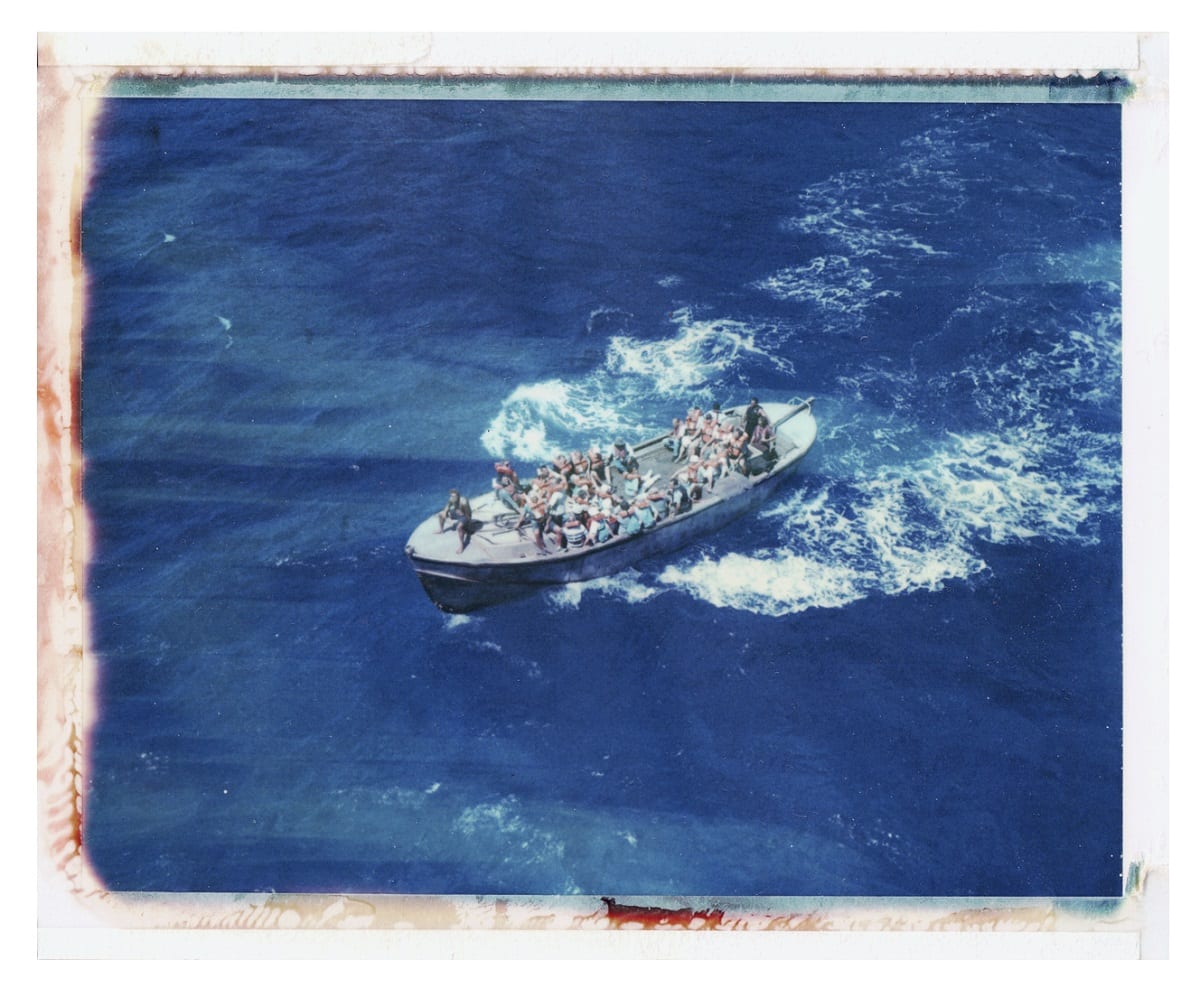
Submitted project:
En route to Pitcairn Island. A minute volcanic blip in the vast blue of the Pacific, 2 miles long and 1 mile wide. About as far from anywhere as is possible to be – accessed only by quarterly supply vessel. Once on island, there would be no escape until the boat returned. Just me, the island’s 42 residents, and a dark duality to navigate, for three months.
Pitcairn the paradise – the Mutiny on the Bounty, the Anglo-Tahitian idyll – but there was another, darker, side to the island. Secrets that had ripped the community apart, convictions that had shocked the world, wounds that would never heal. Seven Pitcairn men had stood trial in 2004 for sexual crimes against children, six were convicted. Off-island, another six stood trial, one of whom being island’s current mayor, Shawn Christian – a patrilineal descendent of Fletcher Christian. Paradise Lost.
I’d read the trial notes before travelling, I felt prepared. But in reality, nothing can prepare you for such a broken society. Problems are amplified, deafening – there is no respite. Almost everyone who took part was photographed alone, in private, inside, away from judging eyes. It became a covert operation. Many subjects took months of coercion.
Destination of choice: The Salton Sea, Colorado Desert, USA
Project proposal:
The American Dream gone wrong. In the fifties, towns around the man-made sea boomed as resorts. Now, the lack of incoming water (and no outpour) has created a stagnant wasteland of pollution. You can smell the sea before you see it.Many have left, abandoning their homes in droves. The few remaining residents are trapped by extreme poverty. Bombay Beach, the former jewel of the Salton Sea, now home to just 250, resembles a post-apocalyptic ghost town. I would like to travel there to temporarily live amongst this dying community and capture it on expired film before it is too late.
Raffaele Petralla
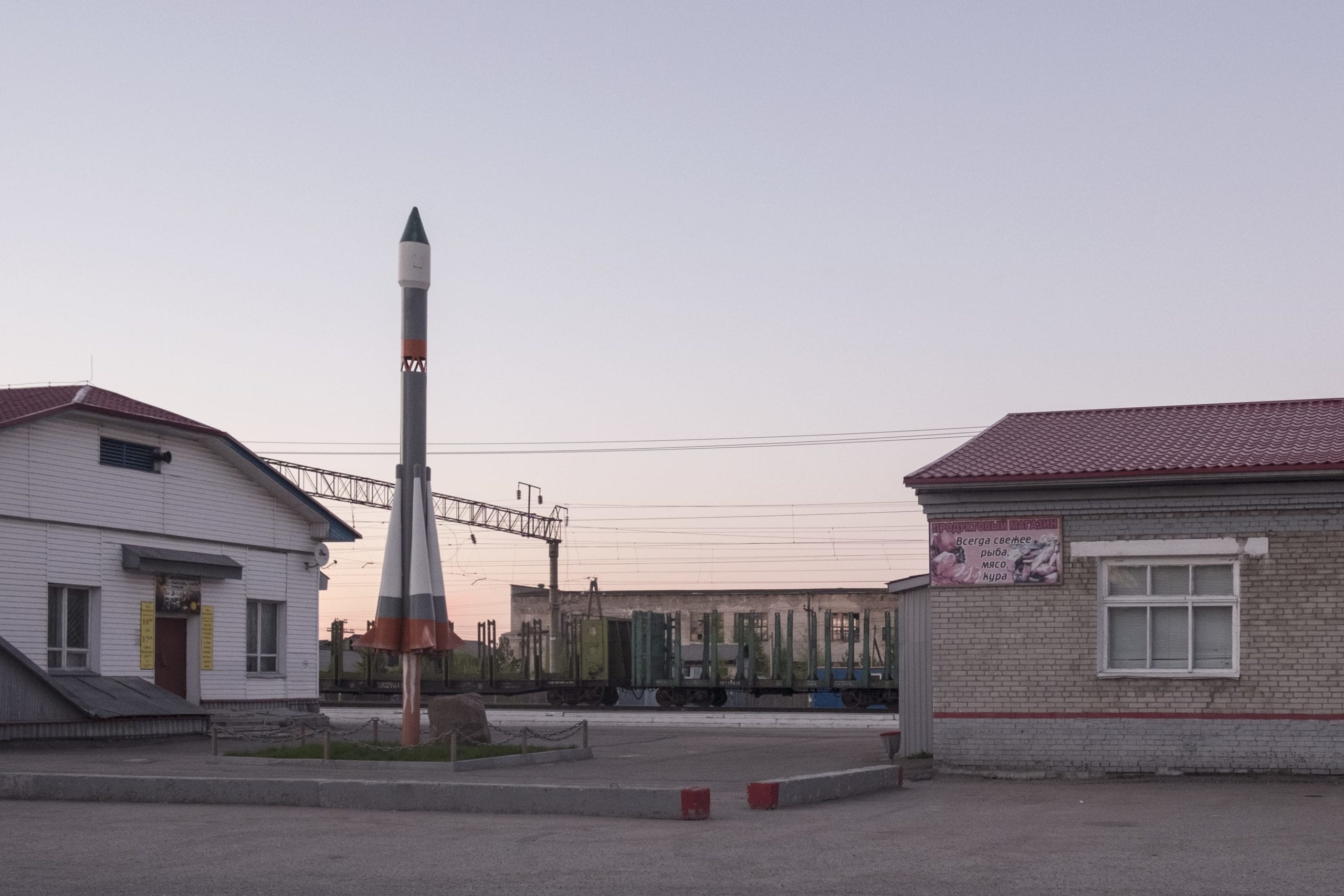
Submitted project:
People who live in the North of Arkhangelst Oblast – an area that bases its own survival on hunting and fishing activities – build sledges and boats with fragments of space rockets. They also recover and sell all the other metal components.
In this hostile territory, where environmental and climatic factors make everyday life hard, computing errors in the trajectories of satellites from Preselsk’s Cosmodrome become an unexpected resource.
By 1997, more than 1,500 launches to space had been made from this site. Each satellite is supported by four propulsion rockets which, after disengaging once they reach orbit, finally fall to Earth. According to the official trajectories, any fragments that fall should hit the most remote Arctic regions. In many cases, however, they affect the most populated areas in the south.
Destination of choice: The Mezen river area, North of the Archangelest region, and the Nenets Autonomous Okrug, Russia
Project proposal:
I would like to return to this area during the winter season because, during this period, icy rivers become the viable roads used by people who are going to recover the fallen rockets. I want return to the villages I visited during my first trip: I’ll meet the inhabitants I’m in touch with and travel with some of them to recover rockets. I’m planning to work on this part of the project over a month. I also want to look for photographic material and videos kept by local families, which shed light on residents’ experiences with the rockets.
Sarah Pannell
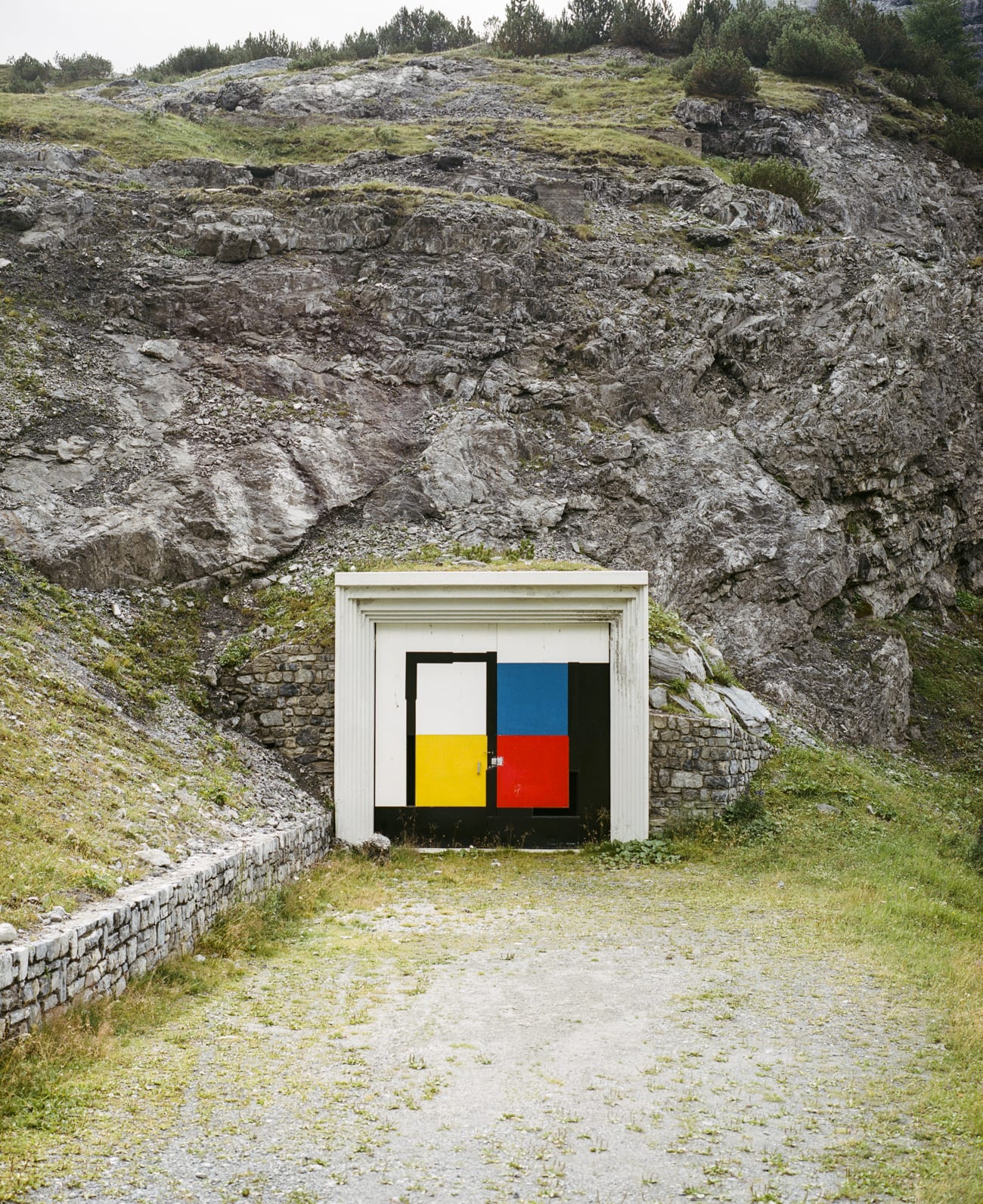
My submitted work is a broad collection of travel and documentary photography, which I have developed over the past two to three years. The work included is from a range of projects completed in countries such as Iran, Japan, Turkey and Australia.
I’m currently working on a long term project in Iran, centred around the history and cultural importance of hospitality in Iranian daily life. This photographic study will culminate in a book publication, due to be released in mid 2018.
Destination of Choice: Egypt
Project proposal:
I want to travel to some of the key sights in Egypt, which have been stung by the drop in tourism over the past half decade since the Arab Spring in 2011, and the following economic and political turmoil. I’m fascinated by the city of Cairo, its sheer size and sprawl, and the many satellite cities growing on the outskirts of the capital. Egypt’s historical standing is an important backdrop for this contemporary investigation of a country of such resilience and longstanding regional power.
Alexis Pichot
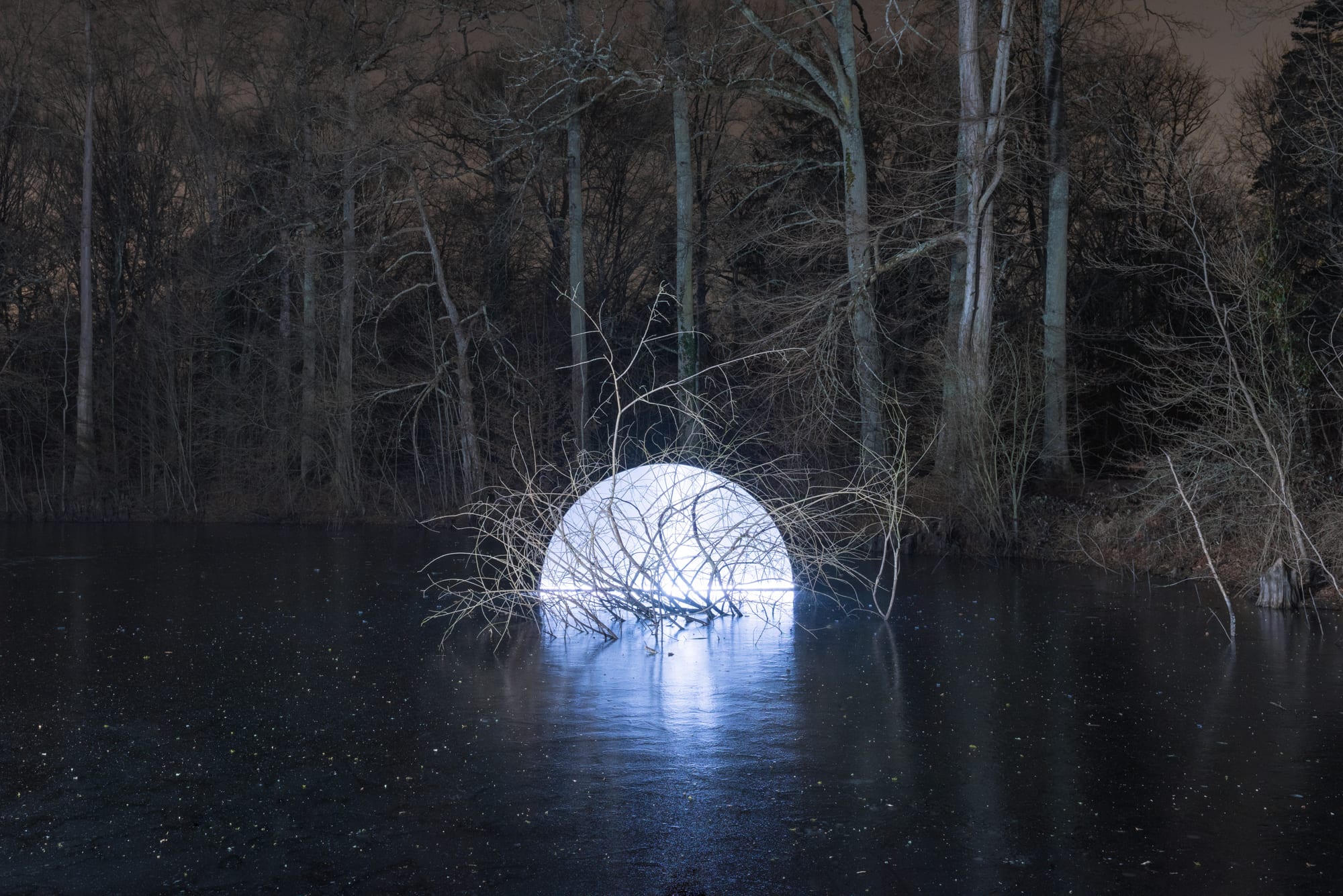
Submitted Project:
Marche Céleste is the documentation of more than a year of nocturnal immersions in the Forest of Fontainebleau, France.
This project was conceived in response to my day to day life in the city.
The forest appeared to me as the possible source of an ancient dormant life, a place of physical and spiritual regeneration. In this meeting with myself, I wanted to depart alone, and at night, to explore this strange and fascinating world.
Nurtured by its power and enthralled by the energies it carries, the forest, animated by shadows and lights, invited me to join an initiatory ritual. As I made these images, I discovered the reflections of my inner forest at the same time, the architecture of my own luminous energies. Creating in the midst of nature is an act of intimate communion with the environment.
Destination of Choice: Iceland, Norway & Finland
Project Proposal:
Polar nights are days where the sun does not rise. This phenomenon appears at the time of the winter solstice, which begins at the end of December. I want to photograph natural landscapes, plunged into darkness and then echo them, in the form of a diptych, with the same framing they receive in the presence of the moon. It’s a mysterious and hypnotic light, illuminating like a cinema screen, and will work to reveal these sleeping pictures.
Christopher Bethell
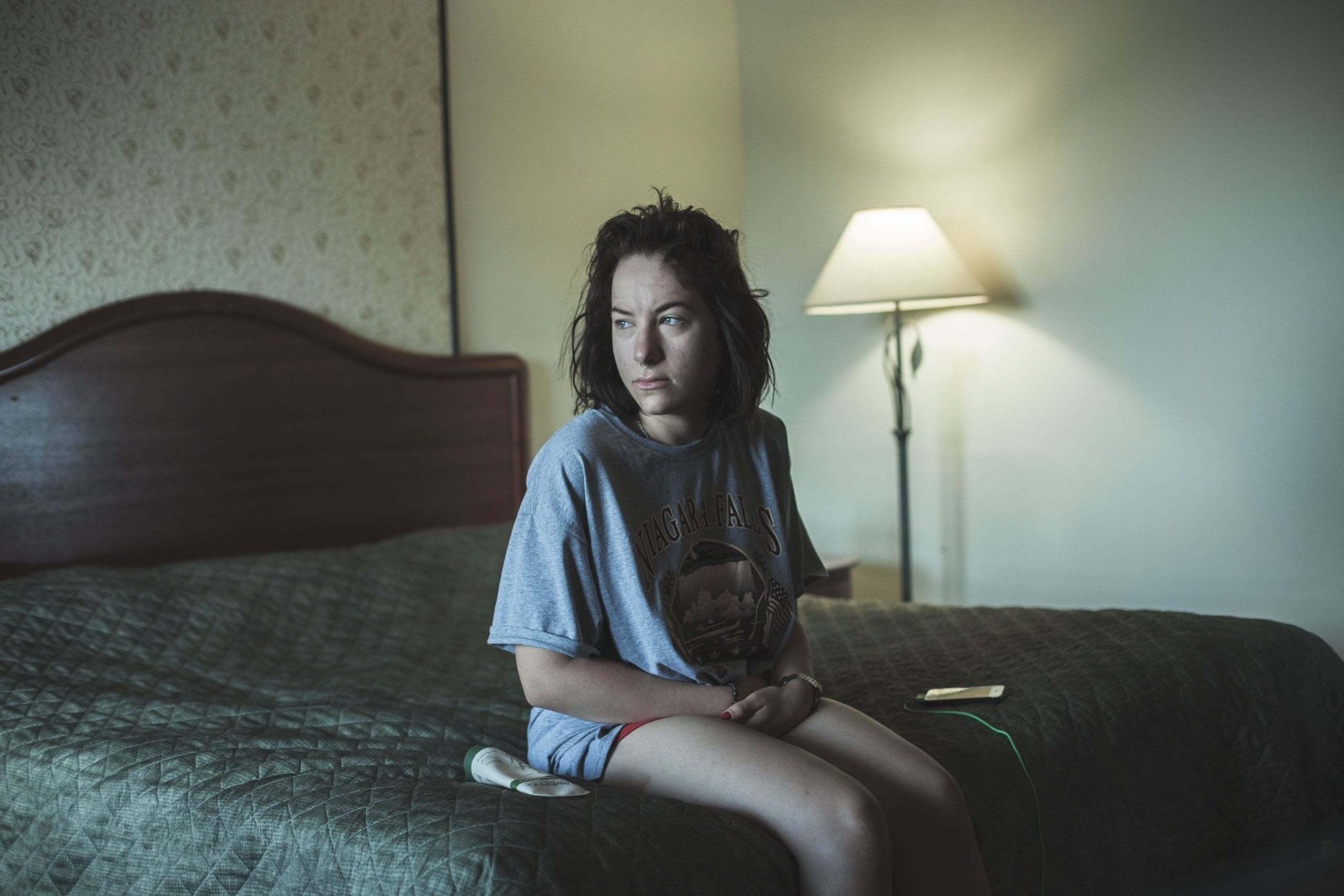
Submitted project:
I am a dual-national: a citizen of both the UK and the USA. Until five years ago, I believed an elaborate fiction about my family’s history on the other side of the Atlantic. In 2015, I stepped foot in America for the first time, following my Grandfather’s path from East to West. What resulted is a multi-layered project, which, on first glance, functions as a document of contemporary, pre-Trump America. It also exists as an exploration into the myths, cliches and values I have held about the States throughout my life. And finally, it functions, perhaps most crucially, as a metaphorical re-telling of my Grandfather’s actual life through the photographs of the strangers and landscapes I encountered.
Destination of choice: Clarkston, Washington, USA.
Project proposal:
Clarkston is the town that my Grandfather moved to in an attempt to escape his afflictions: the town he chose for his own redemption and rehabilitation. It is the town that The Duke of Earl ends in with the dramatic discovery of his grave. I want to go back with my Mother to arrange a proper headstone for my Grandfather and to explore why he chose Clarkston. What values does this town hold that were important to him and do these values reflect any identity I have within America?
Kevin Faingnaert
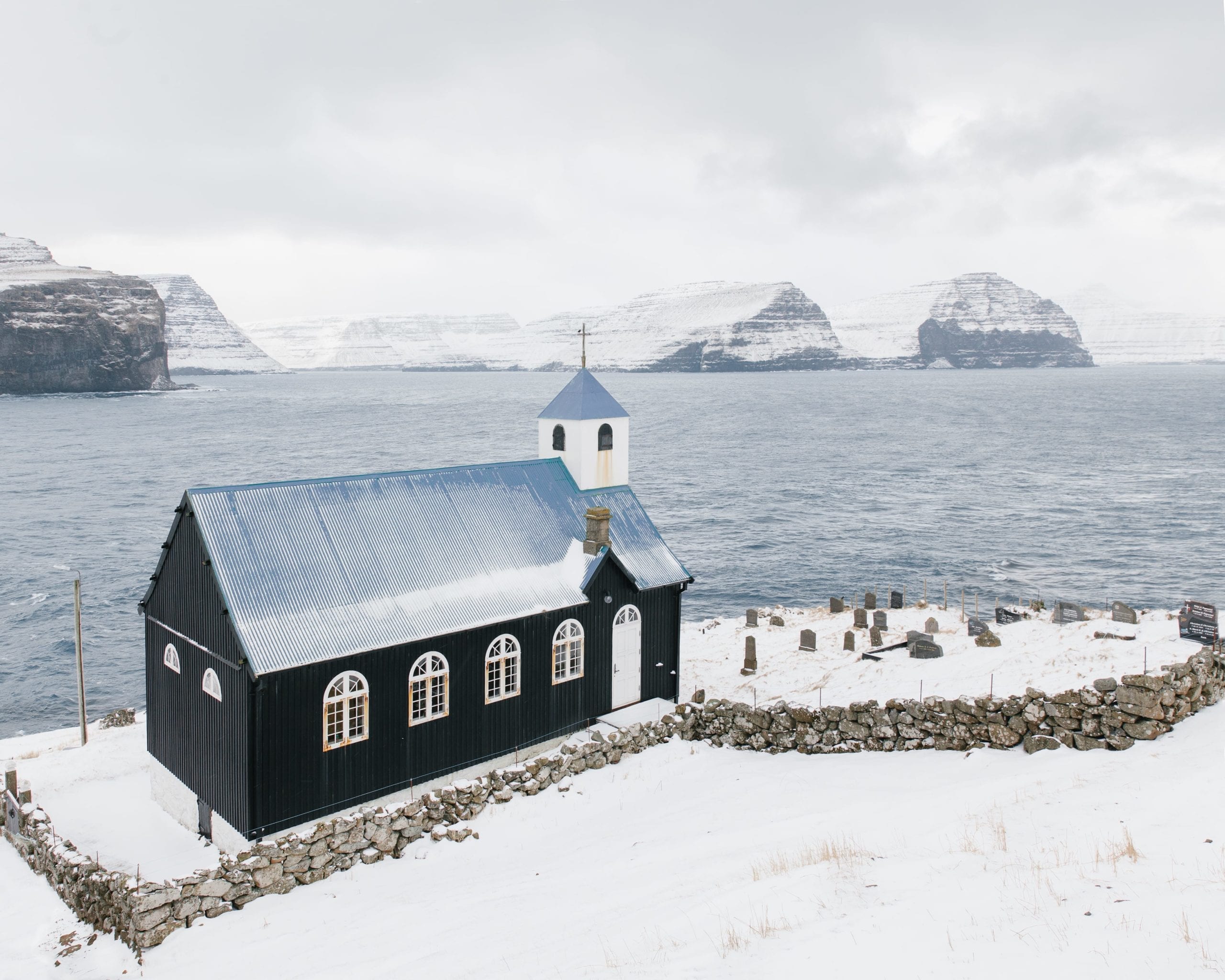
Submitted project:
Føroyar is a series I made in 2016 about life in the remote and sparsely populated villages on the Faroe Islands, an archipelago in the middle of the North Atlantic, halfway between Scotland and Iceland.
During the winter of 2016 I immersed myself within the Faroese community. I couch-surfed and hitchhiked my way across the islands, finding that people would welcome me into their homes everywhere I went. Here, across swathes of snow-veiled landscapes and bordered by dramatic coastline, villages are slowly dropping into decline as more and more of their inhabitants are emigrating from the islands in pursuit of greater opportunities.
Though at times lonely and perpetually freezing, I learned to appreciate the
small, simple comforts of life – listening to stories told in the welcoming warmth
of Faroese homes, the sound of songs against the roaring backdrop of the sea,
and my memorable encounter with a message-in-a-bottle collector on the beach.
In these clear and pristine landscapes, where villages with populations as low as
ten huddle together on the edge of cliffs, I tried to reveal a community hanging onto their roots and traditions, while showing that one day these villages must inevitably disappear.
Destination of choice: Swedish Lapland, Sweden
Project proposal:
In the summer of 2018 I would like to chronicle modern gold prospectors in Swedish Lapland. Gold panning in the creeks of the Lemmenjoki river has been a mainstay since the Lapland gold rush of the 1870s, but, for decades, it tended to draw only hobbyists and small-scale speculators. Now, gamblers, romantics, and entrepreneurs are joining down by the river. I’m always intrigued by people who deviate from the norm, breaking conventions to become passionate and obsessive about a lifestyle. I already have some contacts in the area and would love to spend two months along the Lemmenjoki river, documenting the lives of these people.
Send Anywhere is a new and innovative file transfer system, allowing photographers to instantly share their images no matter where they are, without compression.
Sponsored by Send Anywhere: This feature was made possible with the support of Send Anywhere. Please click here for more information on sponsored content funding at British Journal of Photography.
